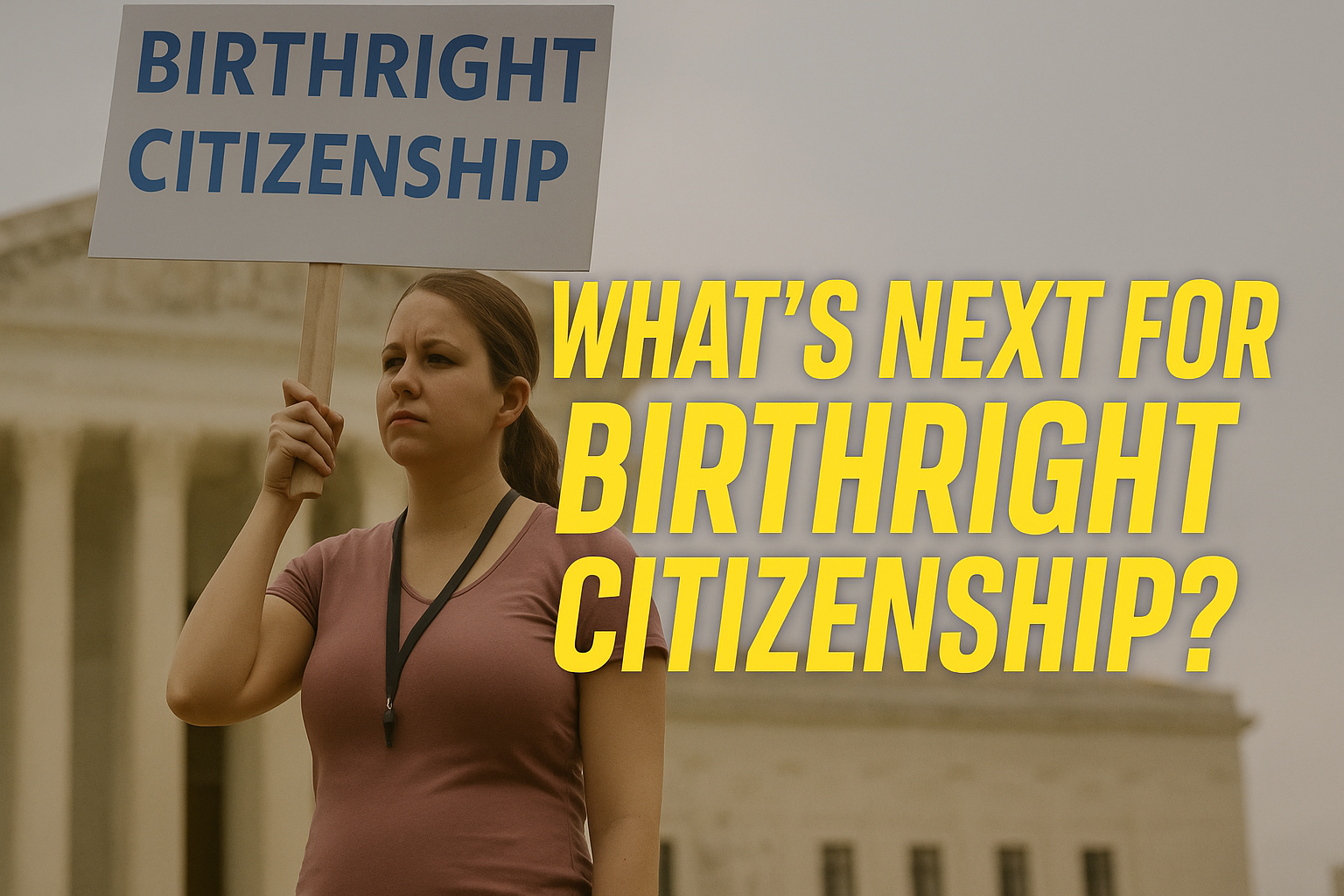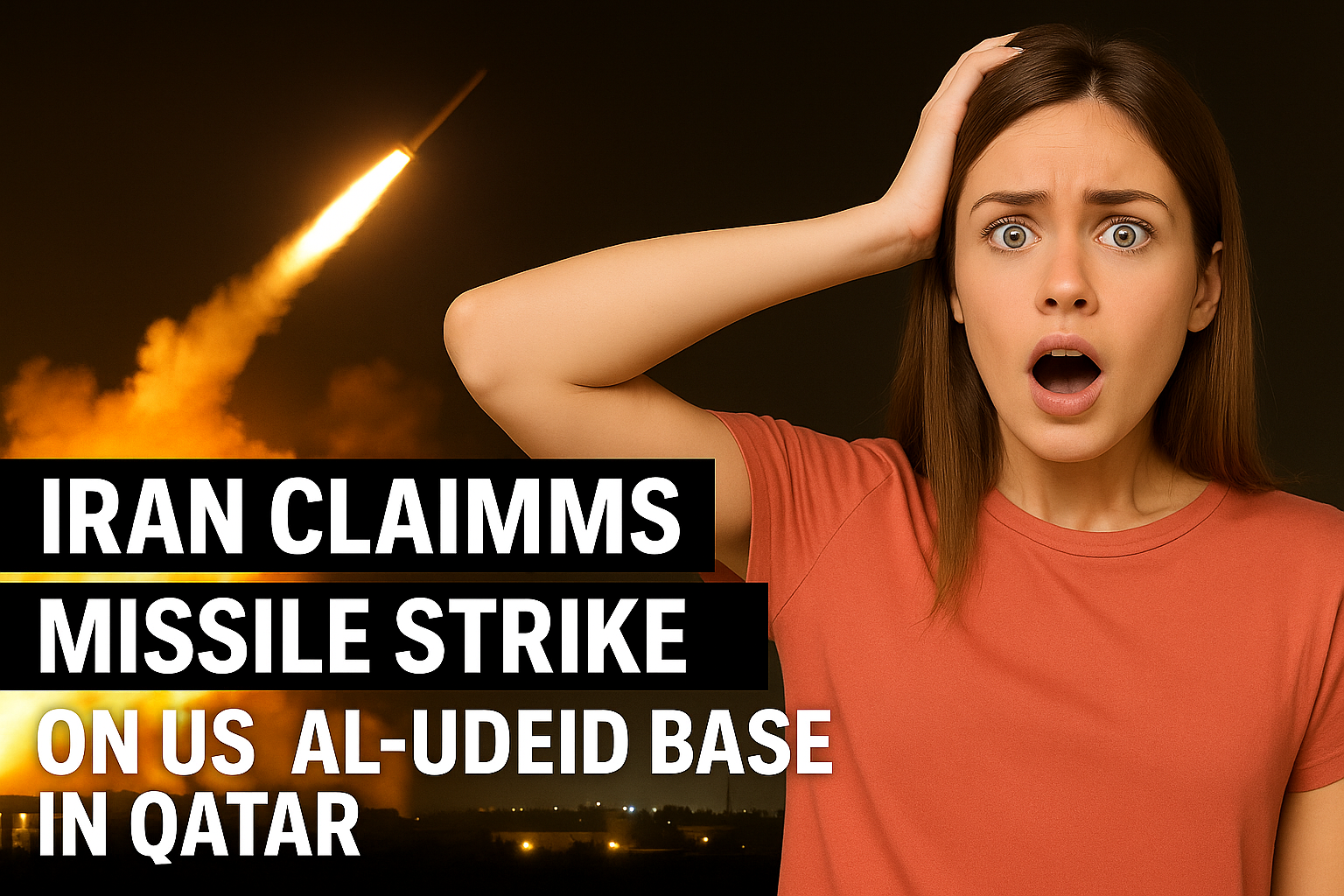Massive 8.8-magnitude quake off Russia triggers Pacific-wide tsunami alerts. Hawaii and Japan braced for waves but later downgraded warnings as threat eased.
Introduction:
A massive magnitude 8.8 earthquake struck off Russia’s far-eastern Kamchatka Peninsula on July 30, 2025, triggering tsunami alerts across the Pacific Ocean. Coastal communities from Russia and Japan to Hawaii, Alaska, and even as far as Chile were put on high alert. Sirens blared and evacuations were ordered in many regions as authorities warned of potentially destructive waves. Fortunately, the tsunami’s impact turned out milder than feared. By Wednesday evening, officials in Hawaii and Japan had downgraded their tsunami warnings, and Russian authorities canceled local alerts as the threat subsided.
Powerful Quake in Russia’s Far East
In the early hours of Wednesday, residents of Russia’s Kamchatka region were jolted awake by one of the strongest earthquakes in modern history. The U.S. Geological Survey measured the quake at magnitude 8.8, centered about 119 km east-southeast of Petropavlovsk-Kamchatskyreuters.com. The quake was shallow (roughly 19 km deep) and struck along a volatile “Ring of Fire” subduction zone known for mega-quakesreuters.com. People in the regional capital reported intense, prolonged shaking – “it felt like the walls could collapse any moment,” one resident said of the three-minute tremorreuters.com.
Despite the earthquake’s terrifying strength, initial reports indicated surprisingly limited damage on land. Some buildings, including a kindergarten, suffered cracks and broken facades, and a few people were injured by falling debris, but no fatalities were reportedreuters.com. Officials credited strong building codes and effective early warning systems for preventing casualtiesreuters.com. However, the quake did trigger a tsunami in the Pacific, with the first waves hitting parts of Russia’s remote Kuril Islands shortly after.
Tsunami Hits Russia’s Kuril Islands
On the small island town of Severo-Kurilsk in the Kuril chain, tsunami waves struck within an hour of the quake. Waves over 3 meters high – with a peak around 5 meters – inundated the waterfrontreuters.com. Dramatic footage showed the port and a fish processing plant flooded, with boats torn from their moorings by the surgereuters.com. Residents fled to higher ground as emergency sirens warned of the incoming waters. The lower areas of the town were swamped, but fortunately higher elevations and sturdy buildings protected residents. No serious injuries were reported in Severo-Kurilsk, though the flooding did cause damage to structures and vessels.
The massive tremor also triggered numerous aftershocks, including one of magnitude 6.0 in the Kurils soon afterreuters.com. In an uncanny coincidence, a few hours later Kamchatka’s Klyuchevskoy volcano began erupting, sending lava down its slopesreuters.com. Scientists noted this volcano is one of the region’s most active, and its eruption underscored how unstable the area is in the wake of the quake.
Pacific-Wide Tsunami Warnings
As Russia grappled with the quake’s aftermath, tsunami warning centers quickly sprang into action across the Pacific. Alerts were issued for virtually the entire Pacific Rim. In Japan, tsunami alarms sounded along the Pacific coast and the government urged millions of people to evacuate to higher groundwashingtonpost.com. Across the broader Asia-Pacific – from Taiwan and the Philippines to Indonesia – authorities advised coastal communities to stay vigilantaljazeera.com. On the other side of the ocean, parts of the Americas from Alaska and California down to Chile were also on alertwashingtonpost.com. Even remote locales like Ecuador’s Galápagos Islands evacuated coastal zones as a precautionreuters.com. Rarely has such a broad swath of the globe faced simultaneous tsunami warnings.
Hawaii Braces, Then Relaxes
In Hawaii, officials reacted quickly to the tsunami threat. Warning sirens sounded on Tuesday afternoon (local time) as the state was placed under a tsunami warning. Coastal residents and tourists were told to evacuate to higher ground, causing traffic gridlock around Honolulu during the evening rush hourapnews.com. By early Wednesday, the first tsunami waves – roughly 1.5 to 1.7 meters high – reached Hawaii’s shoresreuters.com. Minor flooding was reported on parts of Maui and the Big Island, but no significant damage occurredwashingtonpost.com. Within a few hours, the Pacific Tsunami Warning Center downgraded Hawaii’s warning to an advisory and lifted all evacuation ordersapnews.com. By morning, flights that had been suspended were resuming at Honolulu’s airportreuters.com, and relieved residents returned home.
Japan’s Coastal Communities on Alert
Japan’s Meteorological Agency issued tsunami warnings and advisories for wide areas of the Pacific coast, especially in Hokkaido and northeastern Honshu. Sirens and emergency alerts blared as authorities advised over 1.9 million people to evacuate coastal areas for higher groundwashingtonpost.com. Communities that remember the deadly 2011 tsunami reacted swiftly, moving residents to shelters on high ground. Fortunately, when the waves arrived, they were modest. The largest tsunami wave recorded in Japan was about 1.3 meters (4.3 feet)reuters.comwashingtonpost.com. Some ports experienced minor inundation and strong currents, but seawalls held and damage was minimal. Within a few hours, Japan downgraded all tsunami warnings to advisories and soon canceled them entirelywashingtonpost.com. Evacuees were able to return home later that day, and no injuries were reported.
Tsunami Effects in North America
Along North America’s West Coast, only minor sea-level changes were observed. For example, tide gauges in California noted rapid swings of about 0.5 m (1–2 feet) without any damagereuters.com. As a precaution, officials temporarily closed some beaches and harbors from California up to Alaska, but by midday Wednesday the U.S. and Canadian tsunami advisories were lifted. Other regions around the Pacific, including Southeast Asia and South Pacific islands, also reported no significant impacts despite the initial warnings.
All Clear and Aftermath
By Wednesday evening, the tsunami threat had passed and all warnings were canceled or downgradedreuters.com. Hawaii and Japan were among the first to give the all-clear once it became clear the waves were smaller than fearedapnews.com. Russian officials likewise lifted their tsunami alerts for Kamchatka, Sakhalin and the Kuril Islands. Across the Pacific, coastal residents who had evacuated returned to their homes, and normal activities resumed.
Disaster management authorities expressed relief that this Pacific-wide alert ended with minimal damage. The outcome could have been far worse, but early warnings and prompt evacuations helped ensure people’s safety. This event served as a real-world test of tsunami preparedness for dozens of nations. Aside from some flooded port areas in Russia and a few inundated beaches in Hawaii and Japan, the Pacific coasts were largely unscathed. The 8.8 Kamchatka quake will go down as one of the most powerful in recent memory, but thankfully it did not become one of the most destructive. Officials say the experience is a reminder of the importance of vigilant monitoring and preparedness in the earthquake-prone Pacific Rim, where the next big quake is a matter of when, not if.







Leave a Reply